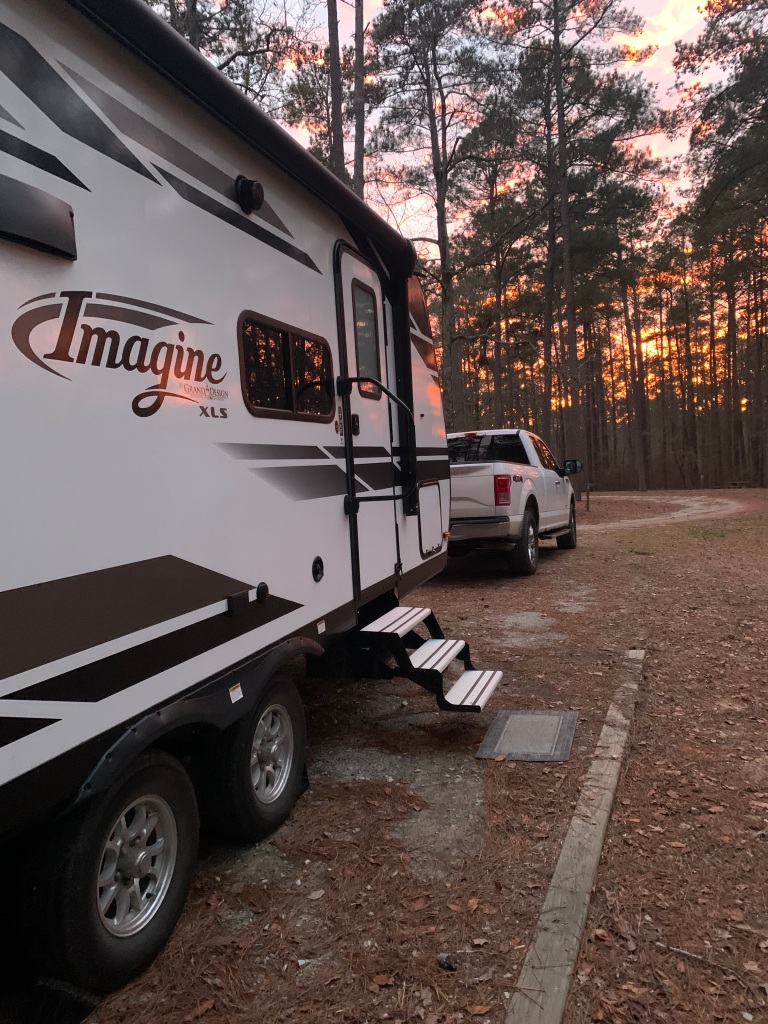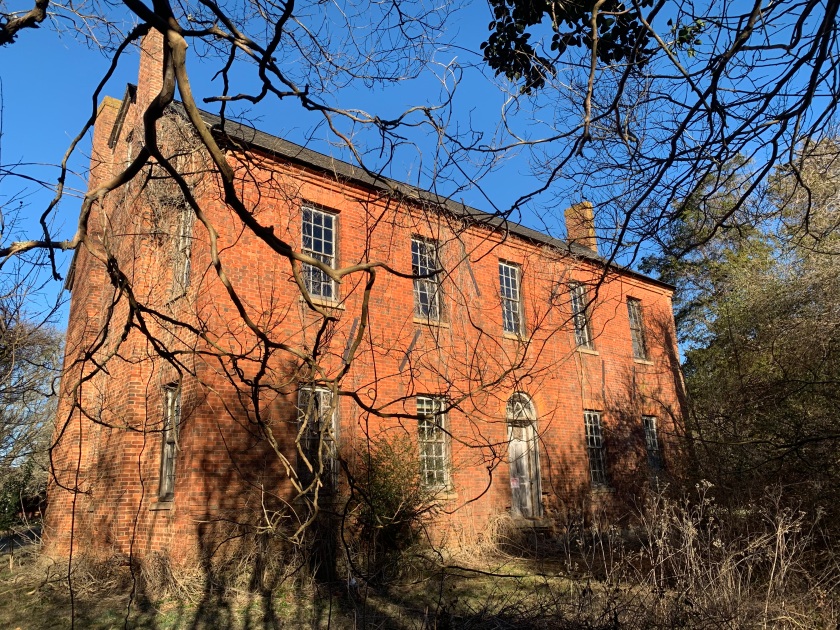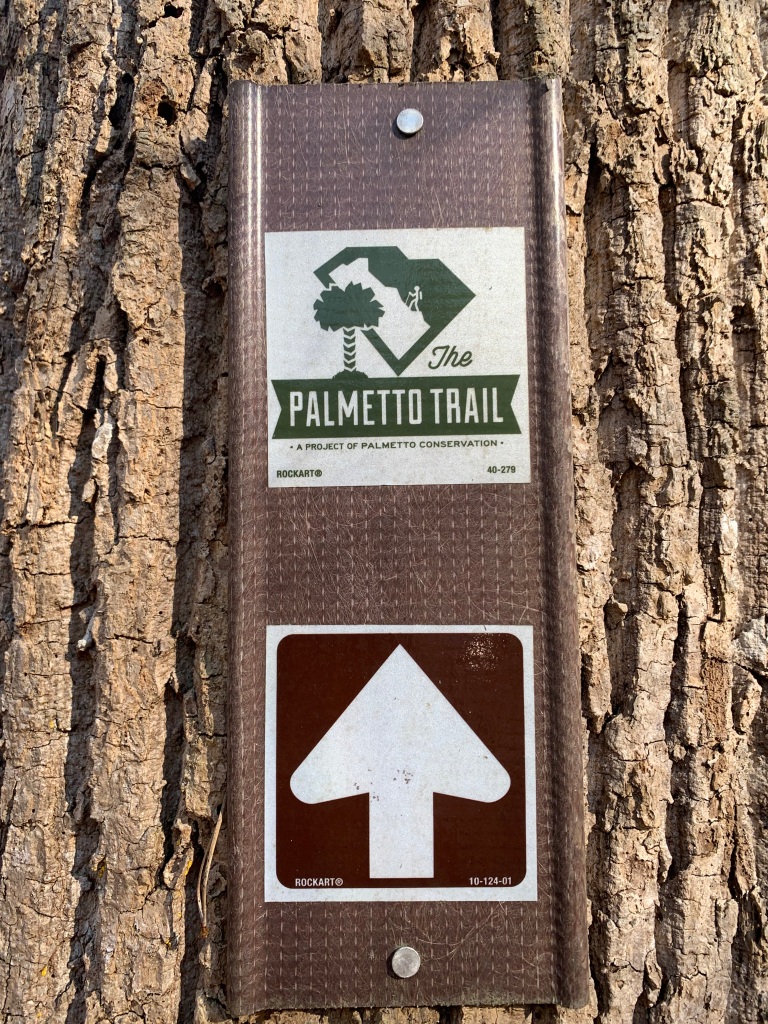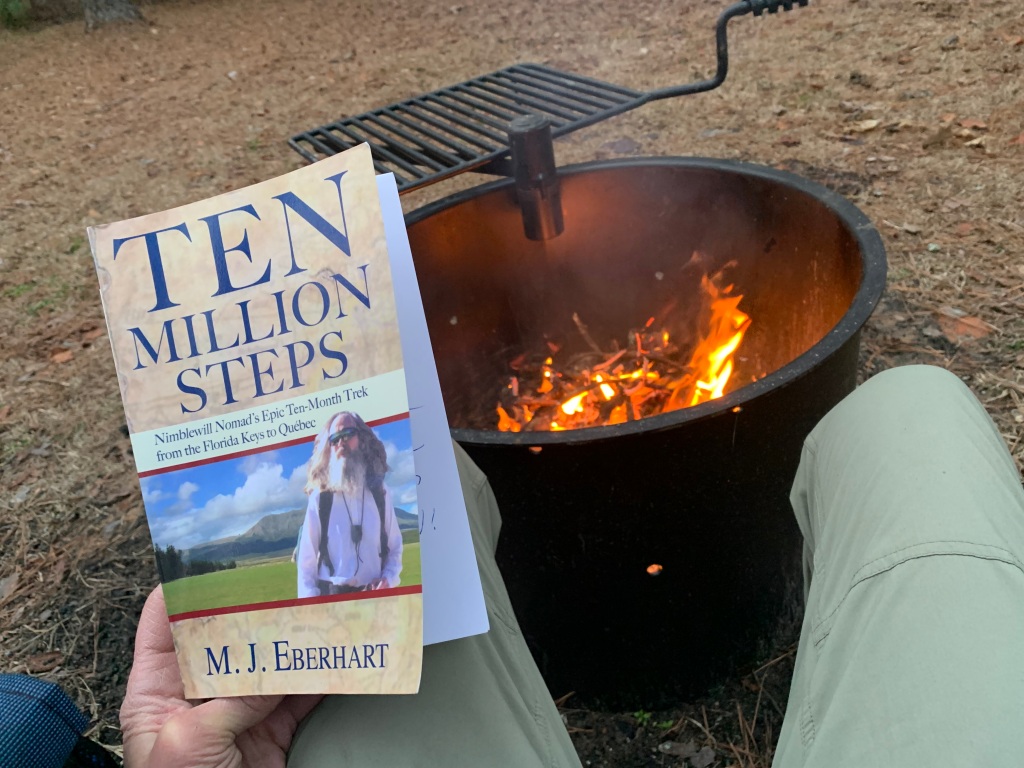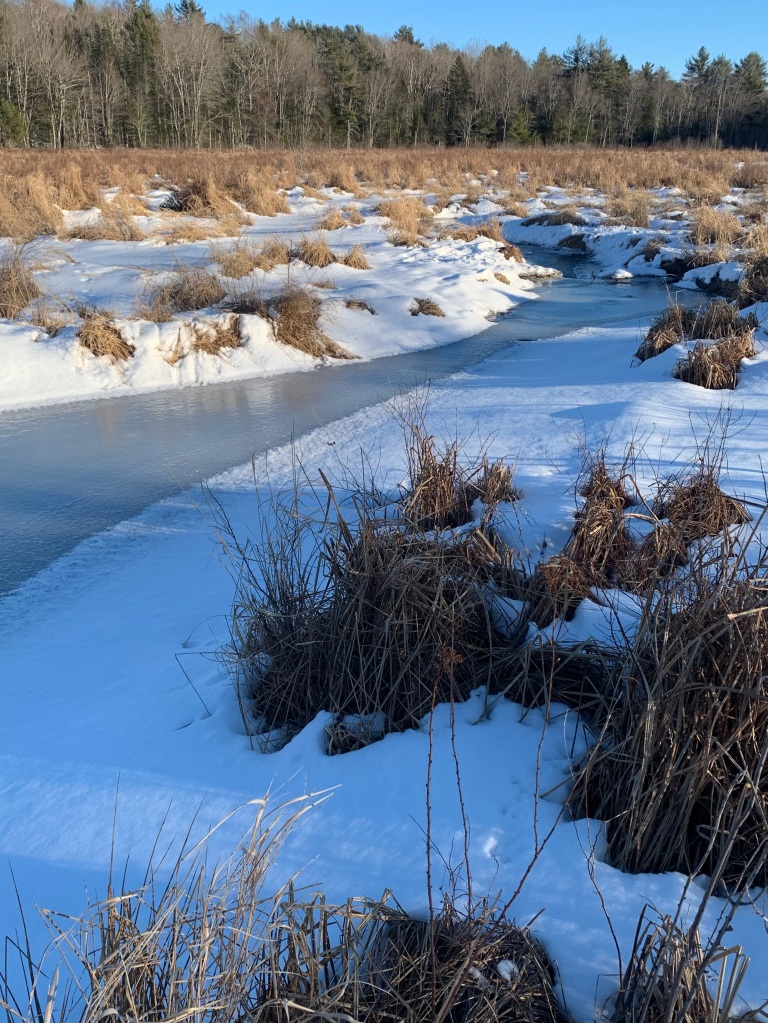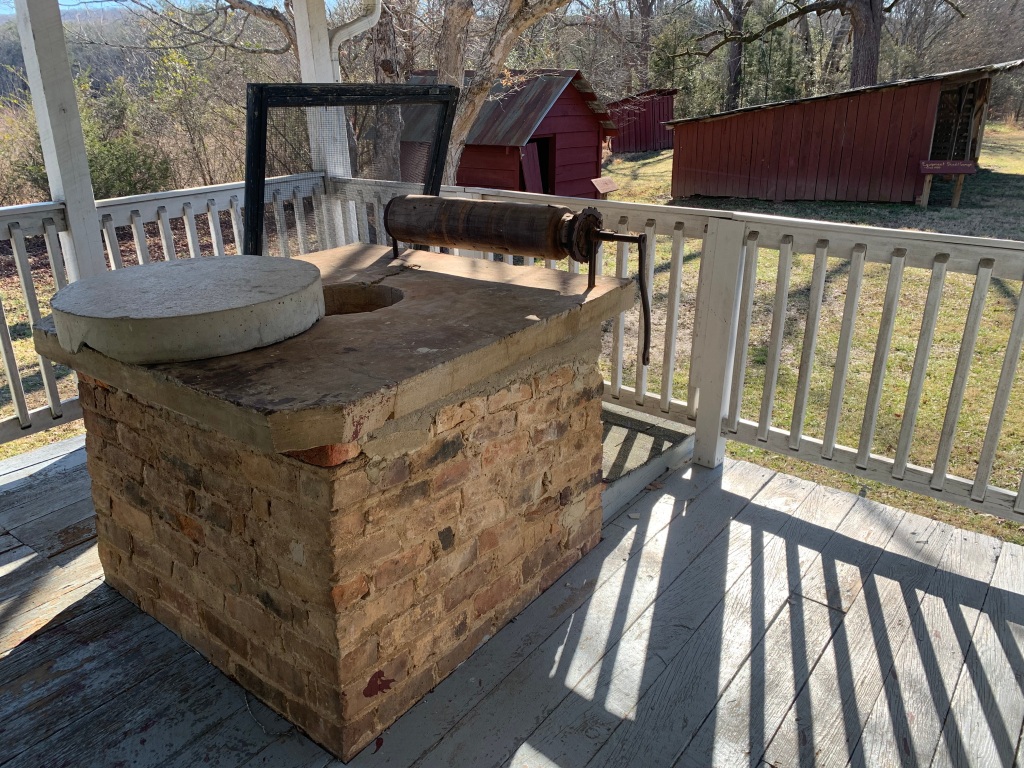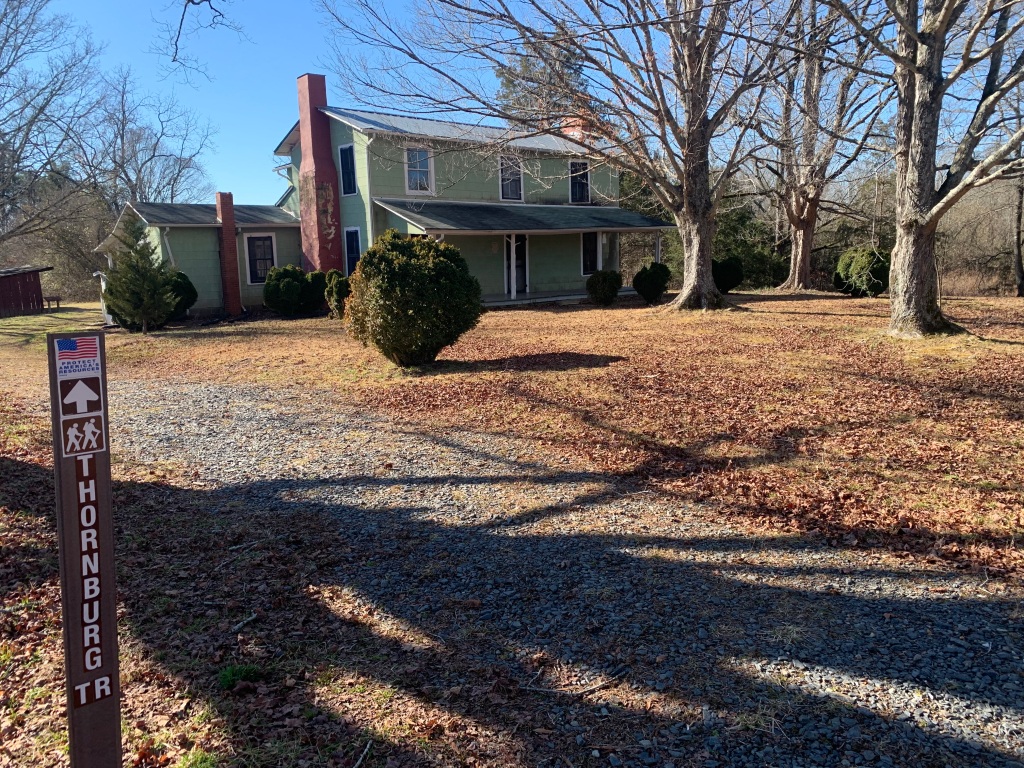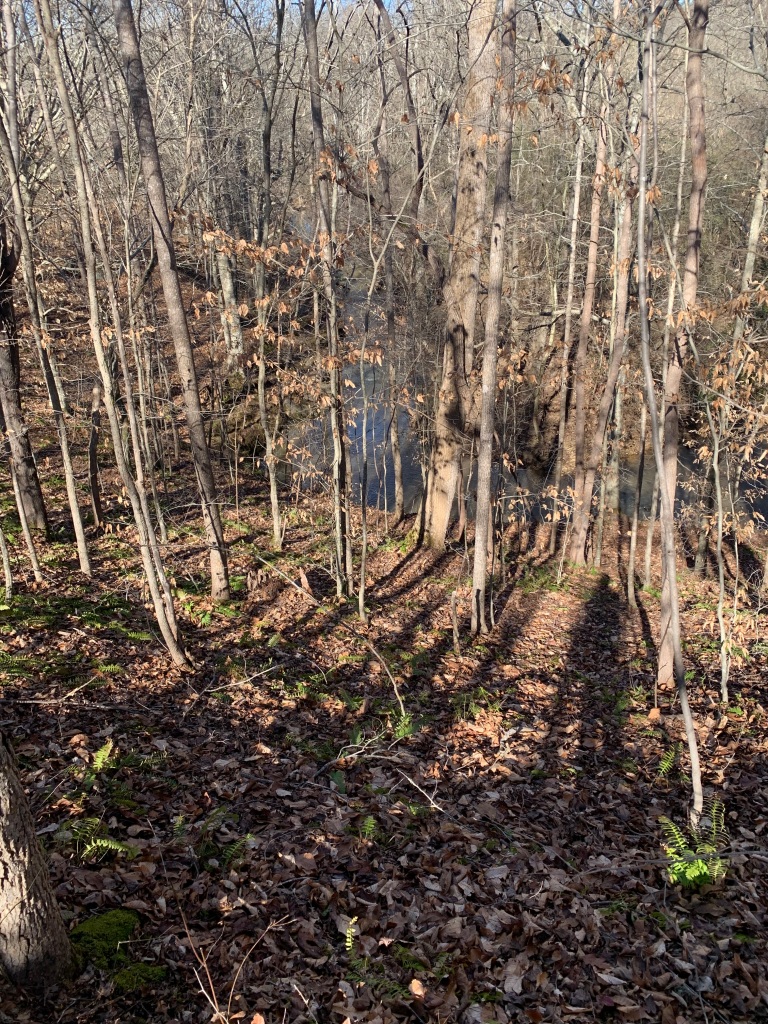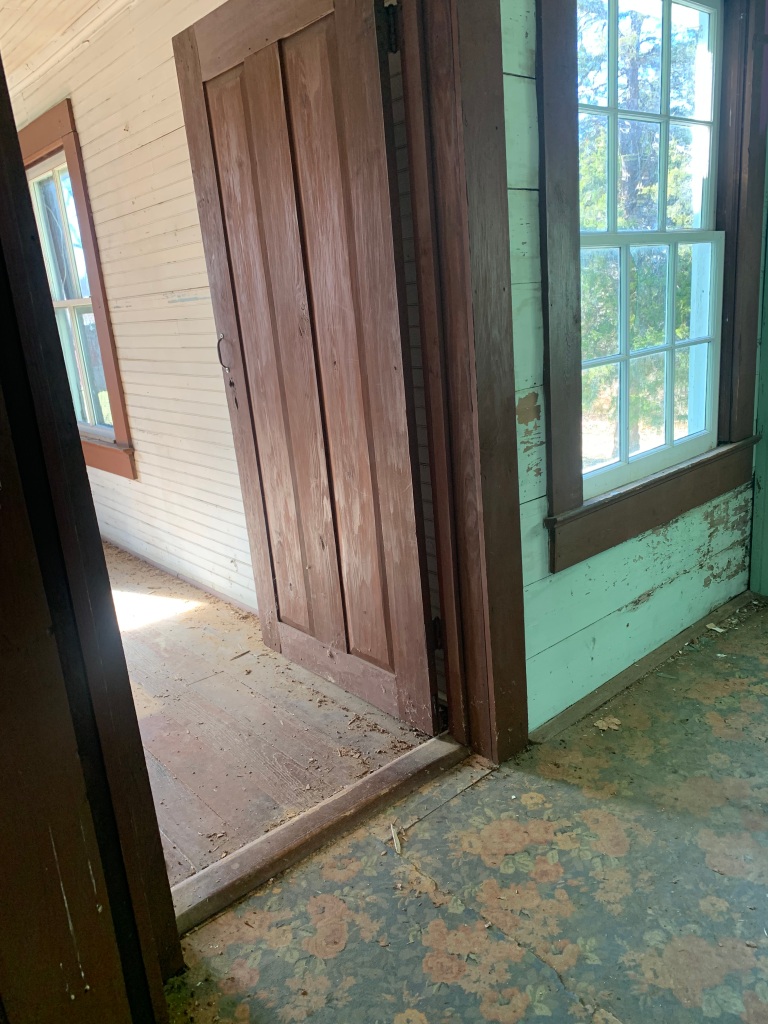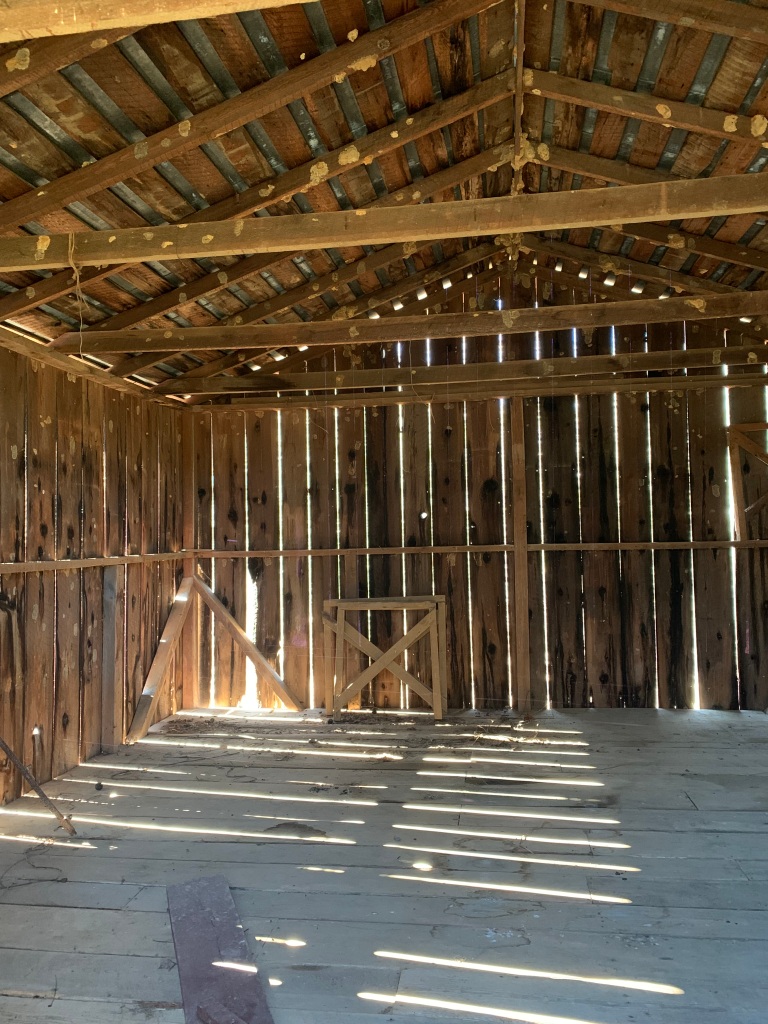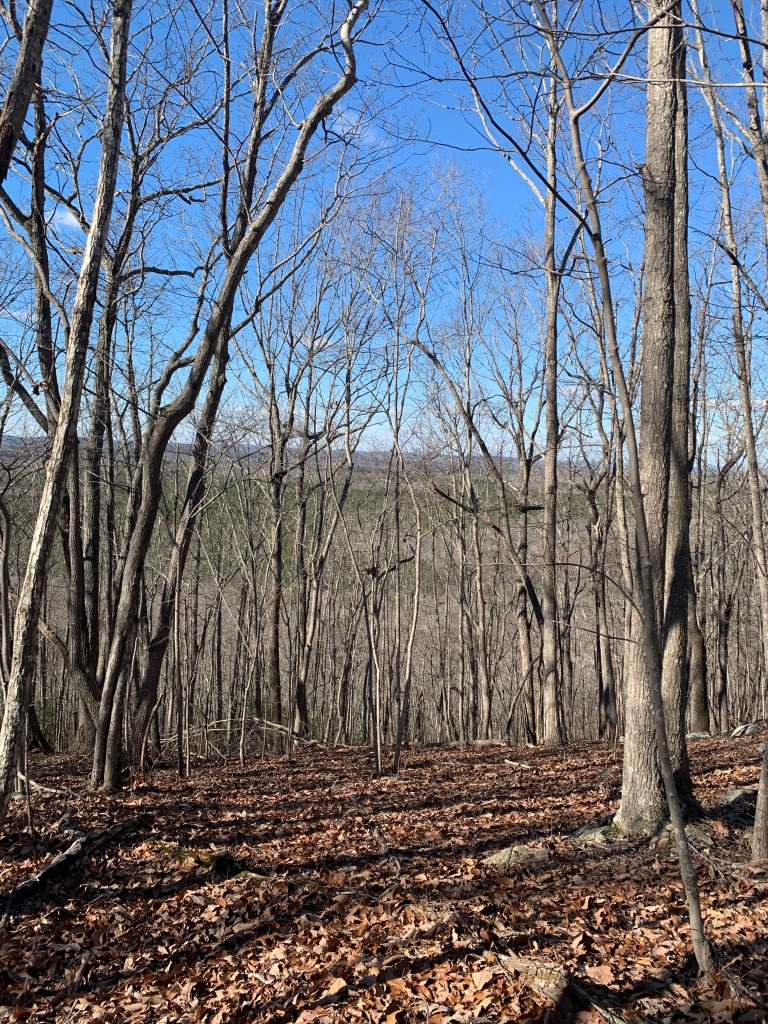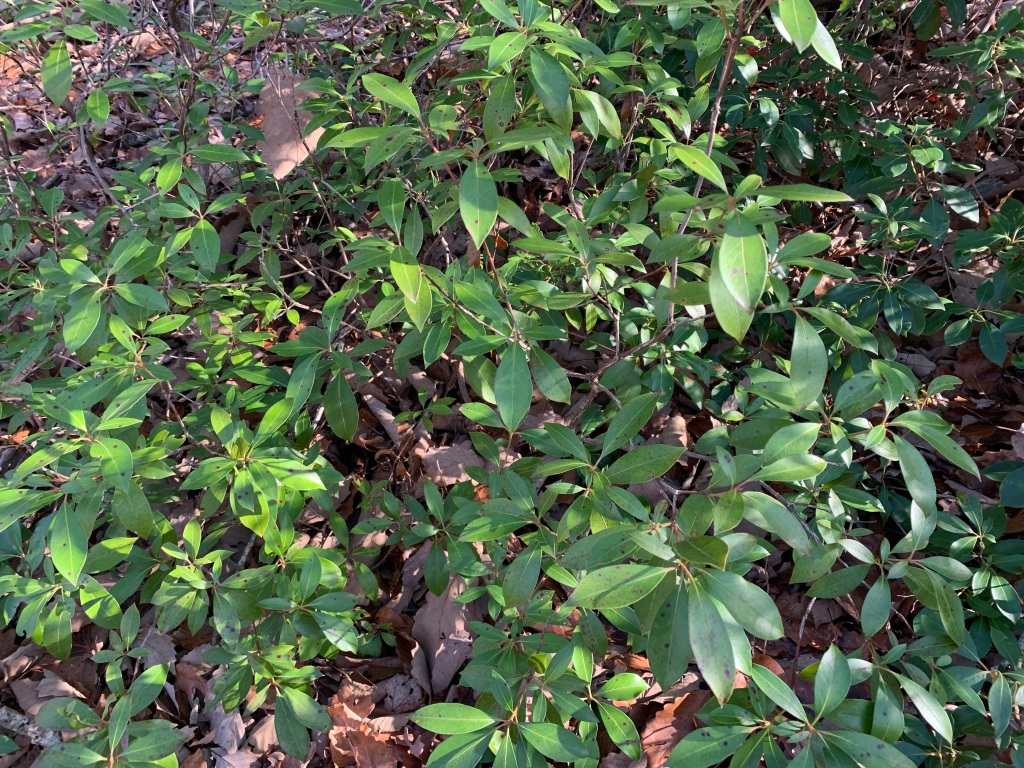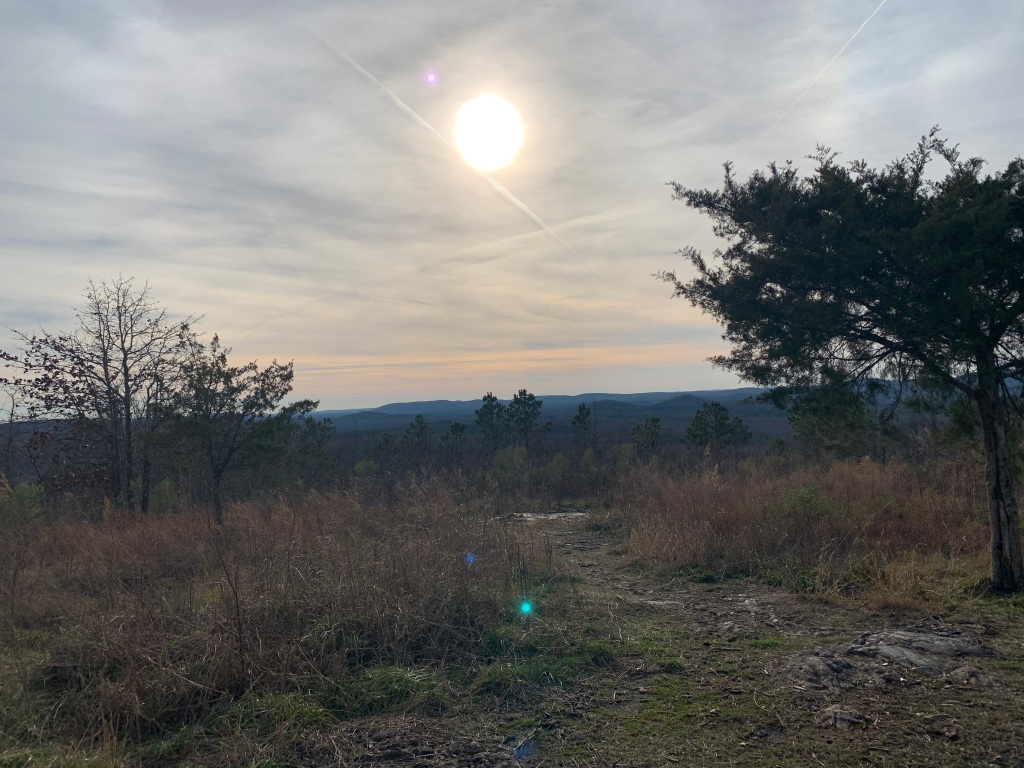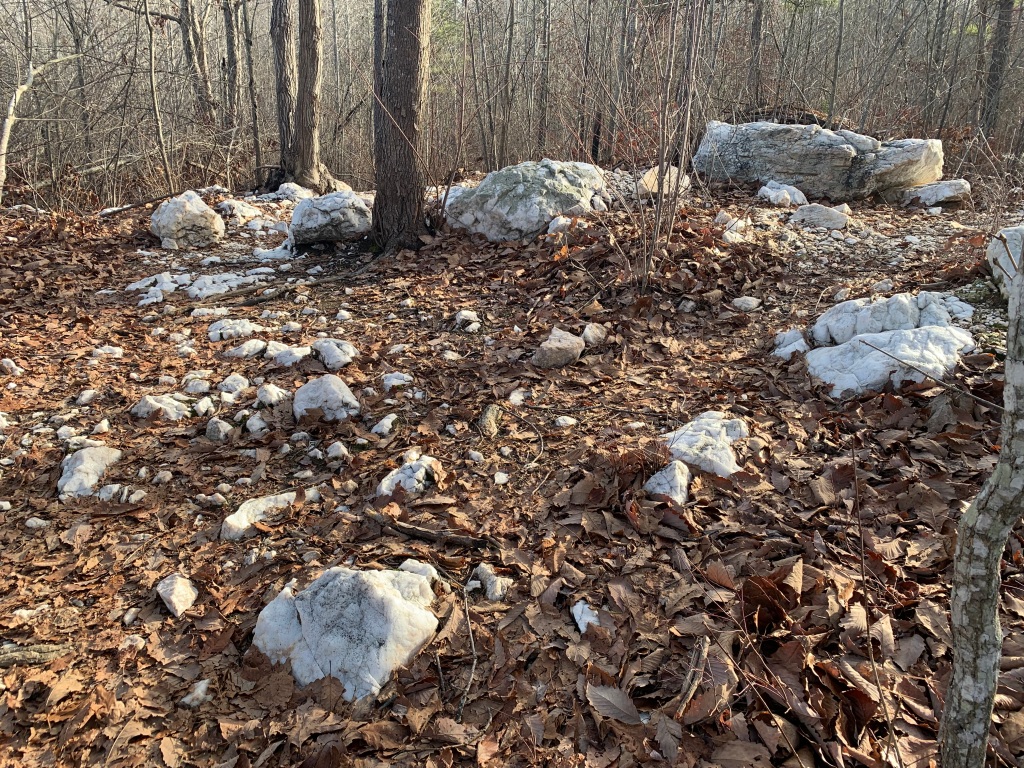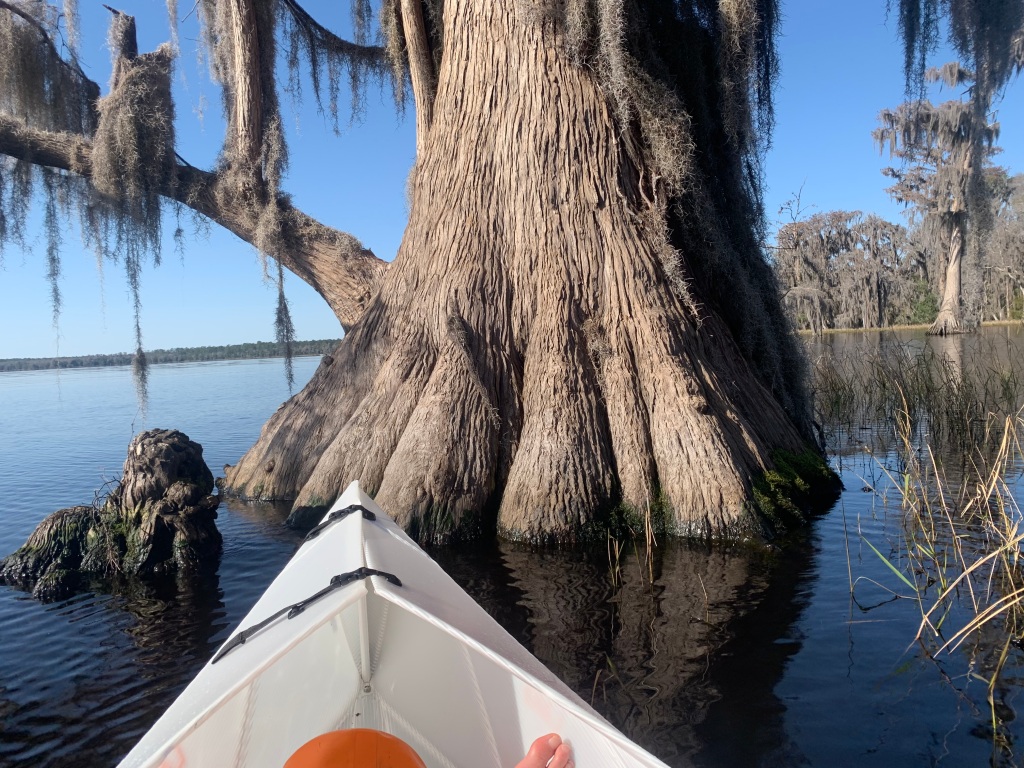
Before sharing about Florida, I have to tell you that I have now astoundingly joined the ranks of DIY travel trailer fixer-uppers. (Although nothing is fixed yet). Much of this cold and rainy Alabama day has been devoted to trying to figure out why my refrigerator is not working. From the simple checks-breakers, fuses and plugs-I moved on to trying to secure a dealership repair appointment (impossible) or a visit from a mobile RV tech.
The closest tech turned out not to be close anymore as he now lives in Arkansas. But Ron was the best of trail angels, spending hours helping me over the phone. There I was with my multimeter, in the land of circuit boards, colored wires, and hidden fuses. Finally, through a Grand Design owners forum, I discovered a blown thermal fuse that I will soon try to repair. What a learning day!

The largest Civil War battle to take place in Florida was fought nearby. The Olustee Battlefield Historic State Park was seven miles from camp. Interpretive panels along a one-mile trail told the story of the evenly matched battle through photographs, primary sources, and a clear narrative. The terrain of open pine woods and palmettos, interspersed with impassable swampy areas, helped me visualize the drama of that tragic day. Just over five thousand soldiers on each side-the Union hoping to cut off food supplies from Florida at the Suwanee River railroad bridge and the Confederates handing them a costly defeat.
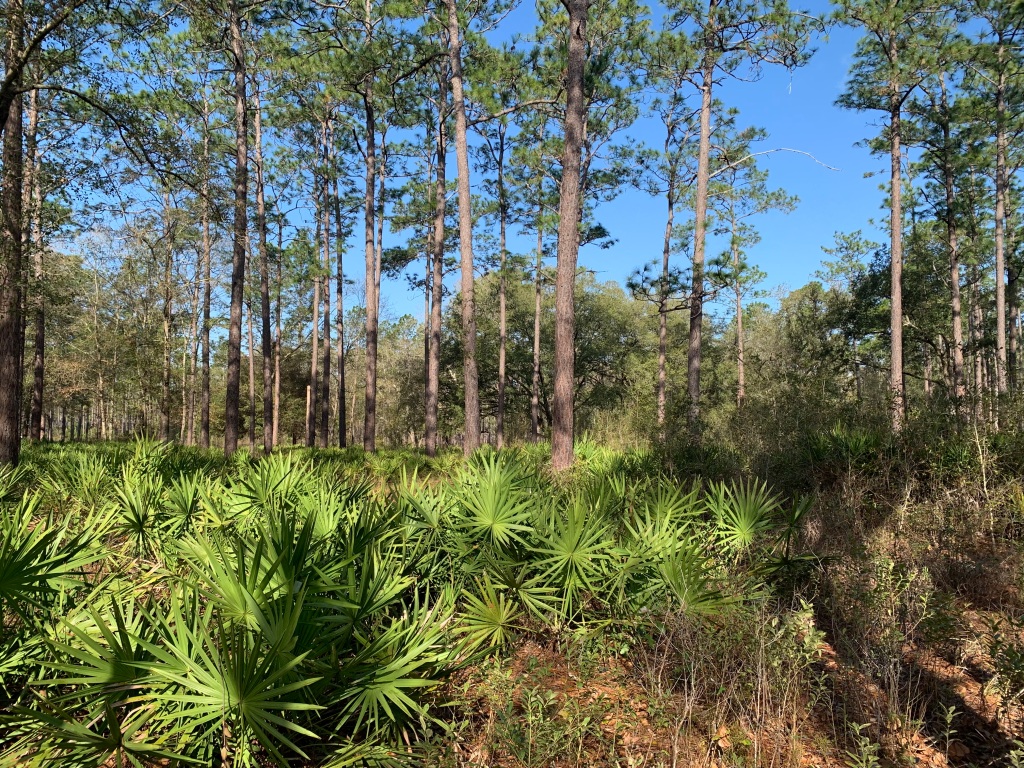

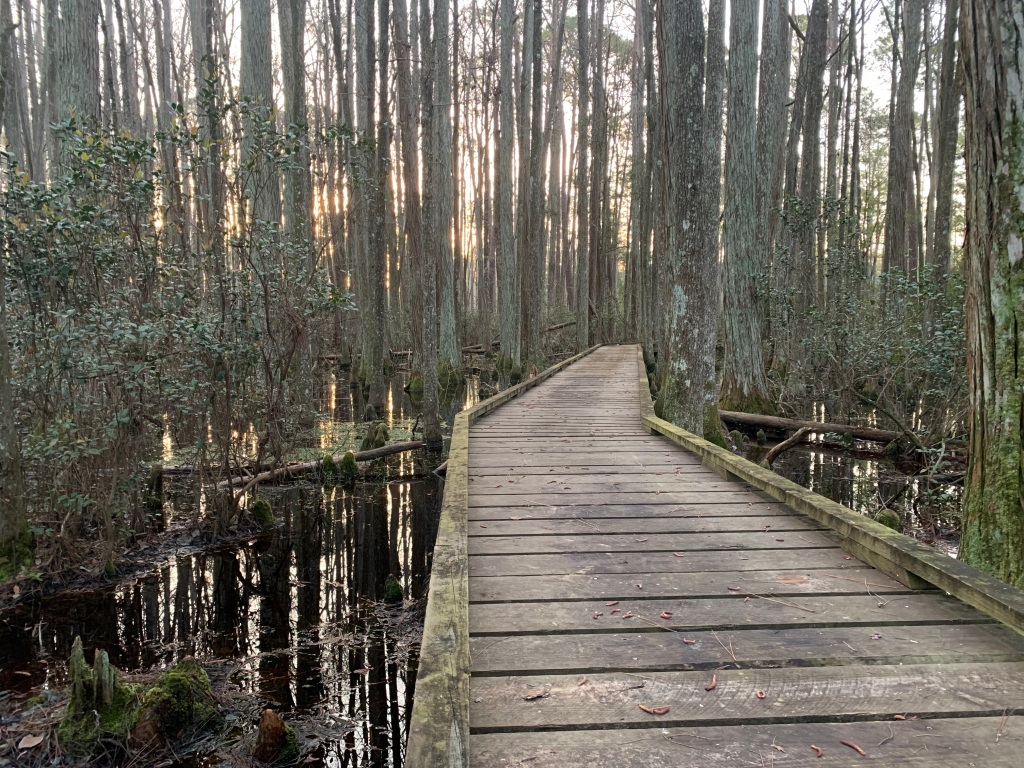

Ocean Pond is the roundest body of water I have ever seen. One day, I kayaked around its almost 7-mile shoreline. The shallows near shore are picturesque, with turtles and water lilies among the cypress. I studied one patient great egret who was fishing there, swallowing his catch with bounces of his very long, thin neck. There were patches of pickerel weed, not yet in bloom, and cow lily (spatterdock) just beginning to show its bright yellow, spherical flowers. I love the touches of home to balance out all that is new and unusual.

I’ll finish with a shout out to the federal government for their America the Beautiful Lifetime Senior Pass, available to those 62 and older. For a one-time cost of $80, mine has already paid for itself two times over since I purchased it on January 5th. How grateful I am to be experiencing all these natural wonders at such an affordable price!

